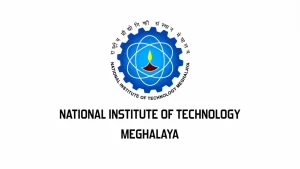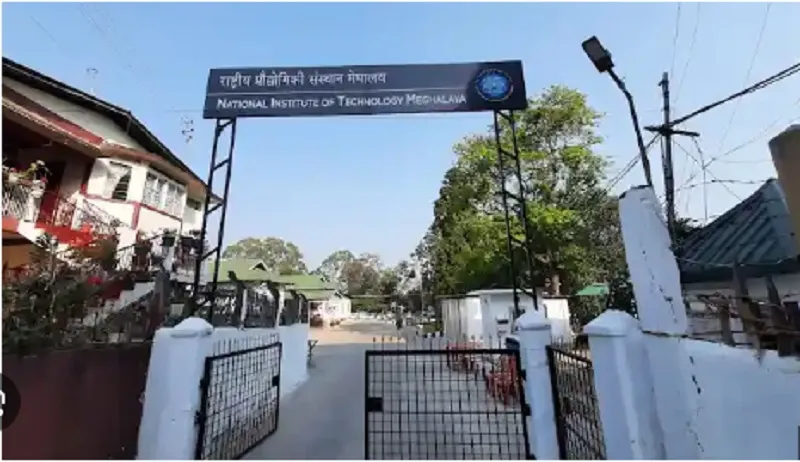Scientists from the National Institute of Technology (NIT) Meghalaya and the North Eastern Space Applications Centre (NESAC) have launched a collaborative research project to develop advanced solutions for enhancing 5G and 6G connectivity in Sohra (Cherrapunji) — renowned as one of the wettest places on Earth.
After moving to their permanent campus in Sohra earlier this year, NIT researchers were both intrigued and challenged by the region’s unusually large and intense raindrops. These unique weather conditions often disrupt communication signals, making Sohra an ideal testing ground for innovative network technologies.
“The scale and intensity of rainfall here are unmatched anywhere in the world. It disrupts communication signals and poses serious challenges to existing network models,” said a project scientist involved in the study.
Dr. Anup Dandapat, Dean (Academic Affairs) at NIT Meghalaya, highlighted the project’s innovative approach saying, “Instead of seeing heavy rainfall as a barrier, we want to use it as an opportunity. By studying how individual raindrops interact with high-frequency signals, we can develop networks that are more adaptive and resilient — not just for Meghalaya but also for other regions prone to heavy rainfall.”
The research focuses on how precipitation impacts signal transmission and aims to build weather-adaptive communication systems — a critical advancement for remote and hilly regions where connectivity often fails during monsoons.




